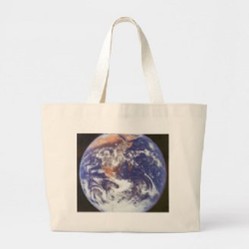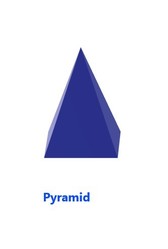S.T.E.M. learning resources for geology make it possible to engage the hands-on and the visual learner. Understanding what is going on inside the Earth is easier to explain, and for the student easier to understand, if a model is used. The good news is models are easy to find. However, care must be taken if one is to stay within a budget.
For quality models, handling by a child is not likely to destroy them. Many are made to be durable.
Another positive is models can be reused. So, if a student is one of several who will need to complete an Earth study, the models can be used over and over. Or, for homeschool applications, if a group joins together and cover the material at different times, or concurrently as a group, the cost can be spread making models even more attractive. Then they can be passed on to another group of students.














 UAPs, Formerly UFOs, If They Are Real How Can We Explain Their Arrival to Earth?9 days ago
UAPs, Formerly UFOs, If They Are Real How Can We Explain Their Arrival to Earth?9 days ago
 Polar Coordinate System11 days ago
Polar Coordinate System11 days ago
 Aurora Can Disrupt Electrical Devices And Even the Grid?12 days ago
Aurora Can Disrupt Electrical Devices And Even the Grid?12 days ago
 Overcoming Difficulties Encountered with Mathematics13 days ago
Overcoming Difficulties Encountered with Mathematics13 days ago



Comments
I am not familiar with such resources, but in studying volcanoes they are essentially the same regardless of location. I realize cooling takes place quicker, and mineral deposits are common for underwater volcanoes, but a study model would probably not get that detailed.
blackspanielgallery, Thank you for the practical information and the product lines.
Do the learning resources also cover underwater earthquakes and volcanoes?
Thanks for the comment.
This was a fun page. The models really boosted my mood :)